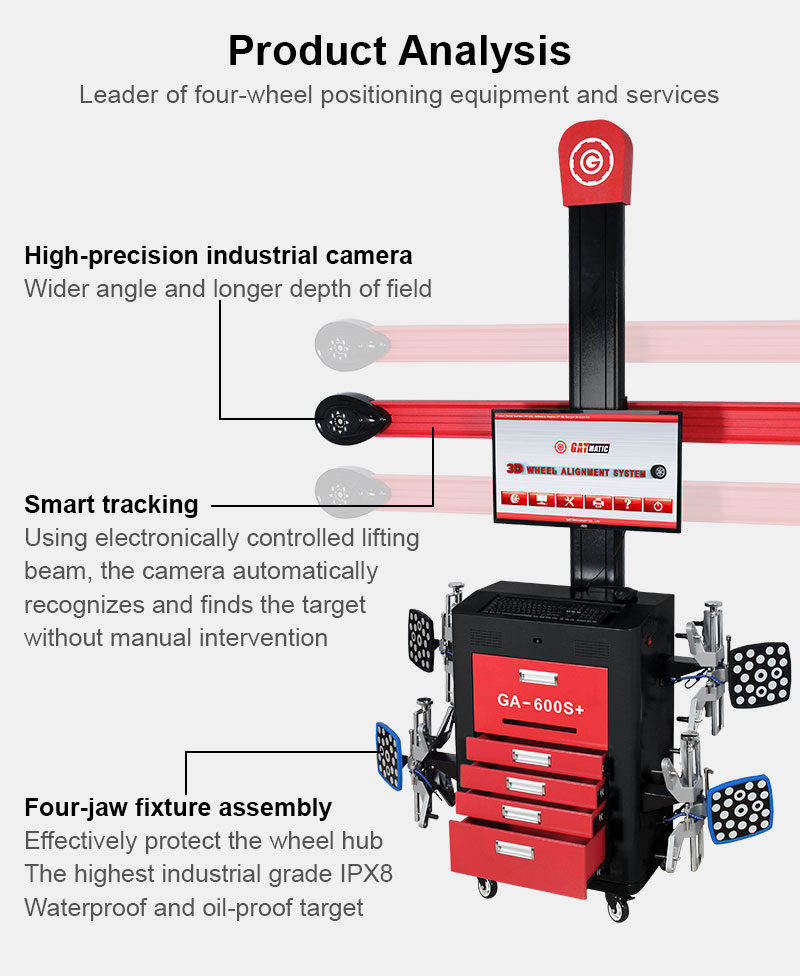Can I drive my car right after getting new tires without an alignment?
I. Can I Drive My Car Right After Getting New Tires Without an Alignment?
Taking care of your car’s tires is essential for maintaining a safe, efficient, and smooth driving experience. When it’s time to replace your tires, many people wonder whether they can drive without getting a wheel alignment immediately. While it might seem like a minor detail, alignment plays a crucial role in how well your vehicle handles, how long your tires last, and your overall driving safety. This essay will explore whether driving right after getting new tires without an alignment is advisable and what factors should be considered.
II. What is Wheel Alignment?
Before understanding why alignment might be necessary after new tires, it’s important to define what wheel alignment is. Wheel alignment refers to adjusting the angles of your vehicle’s wheels—specifically camber, caster, and toe angles—so they conform to the manufacturer’s specifications. Proper wheel alignment ensures that your tires are parallel to each other and perpendicular to the ground. This precision is vital for making sure that your vehicle drives straight and your tires wear evenly.
The primary purpose of wheel alignment is to improve the car’s handling and ensure that it drives smoothly. Misaligned wheels can cause various issues, including premature tire wear, reduced fuel efficiency, and difficulty steering. Essentially, alignment not only impacts the health of your tires but also affects your vehicle’s overall performance.
III. Why New Tires May Require an Alignment
After installing new tires, it’s crucial to consider whether the wheels are properly aligned. Misaligned wheels can lead to uneven tire wear, which may significantly shorten the life of your brand-new tires. For example, if the alignment is off, one side of the tire may wear faster than the other, leading to early replacement and wasted investment. Furthermore, uneven tire wear can affect how your car handles, making driving less smooth and more dangerous, particularly in adverse conditions.
In addition to tire wear, misalignment can cause problems with your vehicle’s handling. You might notice that your car pulls to one side, or the steering feels off-center, requiring constant correction. This not only affects comfort but also driving safety, especially at higher speeds. Getting an alignment after new tires helps ensure your car runs smoothly and safely.
IV. When You Can Drive Without an Alignment
In certain cases, you may be able to drive short distances without needing an immediate alignment after getting new tires. If your previous tires showed no signs of uneven wear and your car was driving smoothly before the replacement, it’s possible that your wheels are still aligned properly. In these situations, a quick check by a professional may confirm that an alignment isn’t necessary right away.
For drivers who have maintained proper tire care, such as regular rotations and balance checks, skipping an immediate alignment might not cause any immediate issues. However, even in these situations, it’s important to be cautious. Driving for extended periods without an alignment, even if your vehicle seems fine at first, could eventually cause problems.
V. Signs That Indicate You Need an Alignment
If you do decide to drive without an alignment after replacing your tires, it’s important to be aware of warning signs that indicate your wheels are out of alignment. Common indicators include the steering wheel being off-center while driving straight, or the car pulling to one side. You might also feel vibrations in the steering wheel, especially at higher speeds, which can be a sign of misalignment or imbalance.
Another key sign is uneven tire wear. If, after driving for a short time, you notice that your tires are wearing more on one side than the other, it’s a strong indicator that your wheels aren’t properly aligned. Additionally, strange noises, such as tire squealing while turning or driving, can suggest that the alignment is off.
VI. Consequences of Skipping Alignment After New Tires
Skipping an alignment after getting new tires might seem like a way to save time or money, but it can lead to more significant problems in the long term. Uneven tire wear caused by misalignment will shorten the lifespan of your tires, potentially requiring you to replace them much sooner than expected. Since tires are a costly component of vehicle maintenance, replacing them frequently due to avoidable wear is not ideal.
Misalignment can also affect other parts of your vehicle. Over time, misaligned wheels can cause undue stress on the suspension system, leading to costly repairs. Moreover, driving with improper alignment can reduce your car’s fuel efficiency, as the engine has to work harder to maintain control over the misaligned wheels. This means more frequent trips to the gas station, adding to the cost of skipping an alignment.
VII. Recommended Practices After Getting New Tires
To avoid the negative consequences of driving on misaligned wheels, it’s highly recommended to get a professional alignment check after installing new tires. Many experts suggest having your alignment checked at least once a year or every 10,000 miles, especially after replacing tires. Regular alignment checks will help you maintain your tires and vehicle in good condition for a longer period.
Additionally, adhering to best practices for tire care, such as regular tire rotation, balancing, and maintaining the proper air pressure, will help prolong the life of your tires. Ensuring that your wheels are aligned will also reduce the strain on your car’s suspension and improve your vehicle’s overall performance.
Conclusion
While it’s possible to drive your car without an immediate alignment after getting new tires, it’s not recommended in most cases. Proper alignment is key to preserving your new tires, ensuring a smooth and safe ride, and avoiding additional repair costs down the line. By having your alignment checked and maintained, you can protect your investment in new tires and keep your car in optimal condition for the road ahead.
FAQs
1. Is wheel alignment necessary after getting new tires?
While it’s not mandatory, it is highly recommended. New tires, if not properly aligned, can wear unevenly and may not provide optimal performance. A wheel alignment ensures your tires are set to the manufacturer’s specifications, promoting longer tire life and better handling.
2. What happens if I don’t get an alignment after installing new tires?
If you skip alignment, you risk uneven tire wear, which can shorten the life of your new tires. You may also experience issues with handling, such as pulling to one side or an off-center steering wheel, and reduced fuel efficiency.
3. Can I drive for a short time without an alignment after getting new tires?
Yes, you can drive for a short period if your alignment was previously in good condition. However, it’s important to monitor your vehicle for any signs of misalignment, such as pulling, uneven tire wear, or steering issues, and get it checked as soon as possible.
4. How often should I get a wheel alignment?
It’s generally recommended to have your wheel alignment checked at least once a year or every 10,000 miles. You should also get it checked whenever you replace your tires, if you notice any issues with handling, or if you hit a pothole or curb.
5. What are the signs that my car needs an alignment?
Common signs include:
- The car pulling to one side while driving straight.
- An off-center steering wheel.
- Uneven tire wear.
- Vibrations in the steering wheel.
- Tire squealing during turns.
6. Can misalignment damage my new tires?
Yes, misalignment can cause uneven wear, which may significantly shorten the lifespan of your new tires. The tires may wear more on one edge, leading to reduced traction and the need for premature replacement.
Describe Your Needs In Detail!
We will carefully evaluate your needs and give professional solutions.



